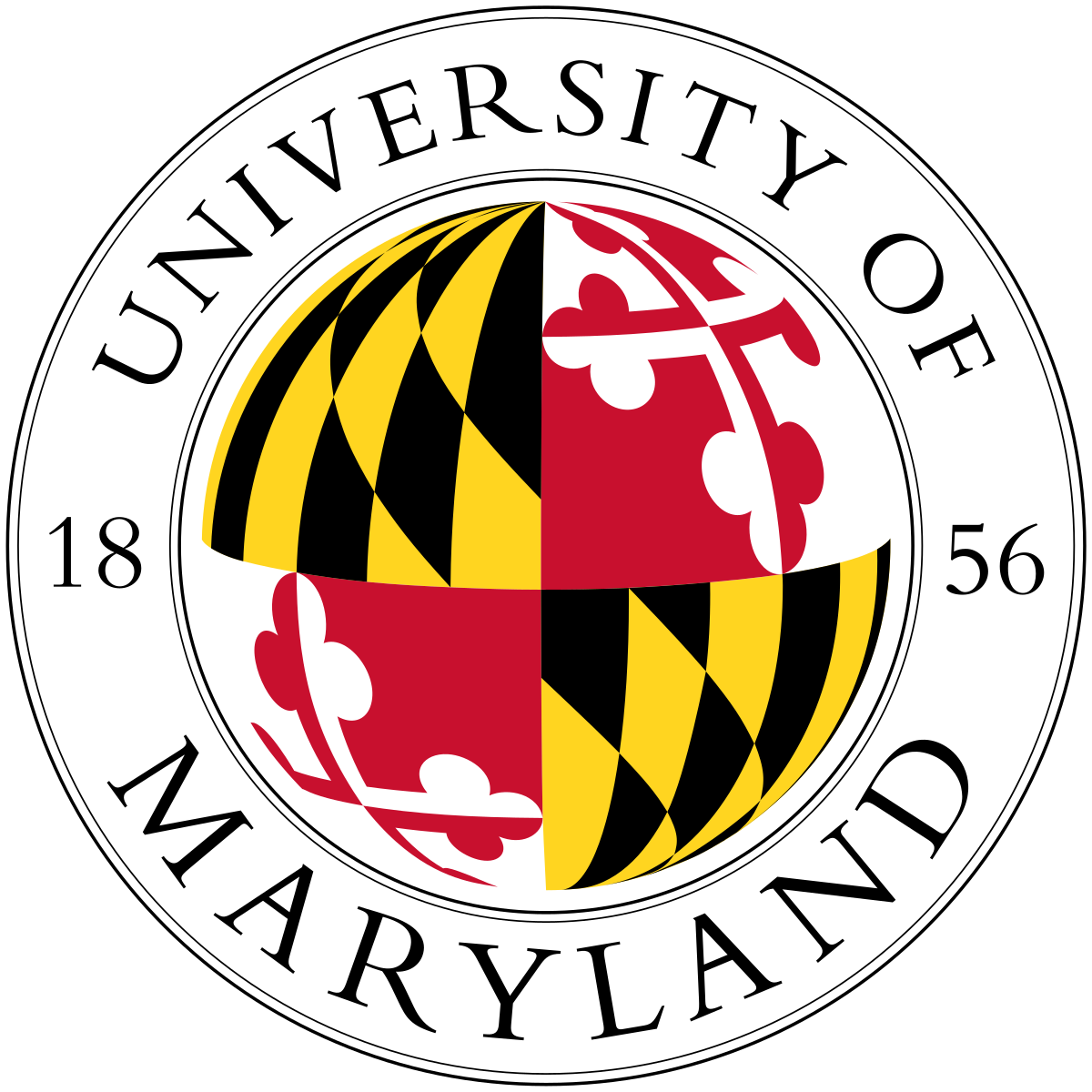COLLABORATIONS
Minterlab |
 |
|---|
In participating in the program, we were sent a curriculum and schedule for the Minterlab sessions. However, we decided to tailor the program to our community lab and were granted permission by SoundBio to create a one-day curriculum for Minterlab in which we modified some of their resources to create a workshop version. Thus, we organized two one day Minterlab sessions where we were able to engage with over 30 elementary and middle-aged students and their parents.

Our Minterlab workshop was organized as follows:
1. Interactive Presentation about Synthetic Biology
2. Agar art
3. Surface Swabbing to collect data to compare against Minterlab teams around the world.
Presentation Topics Covered:
- Types of Cells
- Eukaryotes vs. Prokaryotes
- DNA
- Structure and Function
- Base Pairs
- Plasmids vs. Double helix
- Synthetic Biology
- Genetic Engineering
- How genetically engineered organisms are used today
- Summary of our iGEM project
- How genetically engineered organisms are used today
For Minterlab, participants were invited to swab one of three different surfaces: their finger/hands, the the door knob, and their phones.








Minterlab Plate Results
Each plate was photographed and images were sent to SoundBio for comparison using the standardized format of taking the image of the plate face up with the lid removed. A total of 24 images were sent to add to their database for comparison. Below, we analyzed our results.
Our results show that the Phone and Finger had the greatest number of colonies. The phone and hand plates definitely showed a lot of variation in the number and size of colonies that showed up. One thing to note was that all locations had extremely high variability, so we predict that trends will be difficult to determine.

Our data differed from that of other Minterlab teams. SoundBio found that “when fingertips were swabbed, they typically showed the fewest number of isolated bacterial colonies.” Meanwhile, we did see that our phone swabs, like those of SoundBio had “a collection of colonies, some larger and some smaller.” Some students were interested in showing how these surfaces would compare to the Lab bench, so we allowed them to do that as well. Data from there showed a relatively small number of colonies, but more than the doorknobs, which was interesting.
Local Meetup
In addition to Minterlab, the Baltimore Bio-Crew worked with the Johns Hopkins iGEM team to organize a local meetup. Although the Johns Hopkins iGEM team was not able to present due to difficulties with their project, the presentation we planned still proved to be a success!BUGSS-UMD iGEM Meetup & Training Workshop |
 |
|---|




